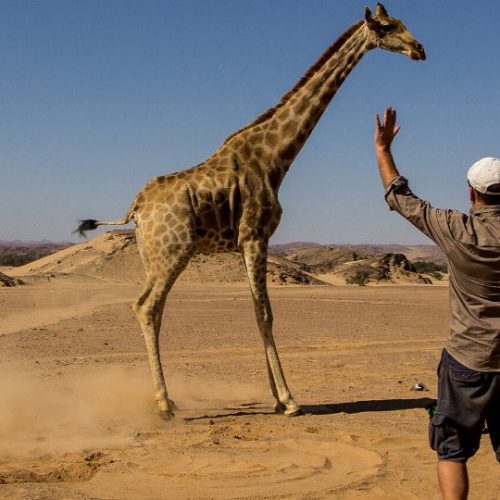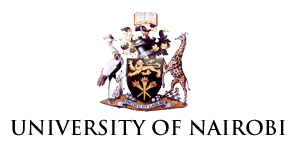Prof. Laban Ayiro
The five-year plan to transform Kenya's Daystar University into a regional hub for innovation and entrepreneurship.
Joseph Murabula
KCIC CEO: Kenya is achieveing a 67% success rate in commercialization of its climate focused start-ups.
Kenyan Fishers Put New Twists On An Age-old Marine Conservation System
Over the past two decades Kenyan fishing communities have been setting up no-fishing zones called tengefus, Swahili for “set aside.” The idea was inspired by the fishing habits of their forebears, who prior to colonization established seasonal fishing closures to ensure plentiful harvests. Today there are 22 tengefus in various stages of development in the country, some more successful than others.
Where Are the Giraffes Hiding? Predictive Tracking Tech Points the Way
Researchers have combined tagging technology, satellite data and machine learning to create a model that predicts the potential locations of unknown populations of reticulated giraffes in Africa.
The model also predicts suitable habitats where giraffes could be moved to for conservation purposes. Reticulated giraffes are endangered, with their populations declining due to habitat loss triggered by deforestation, urbanization and agricultural expansion.







